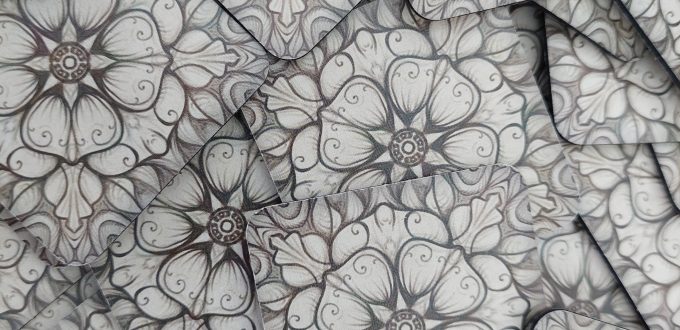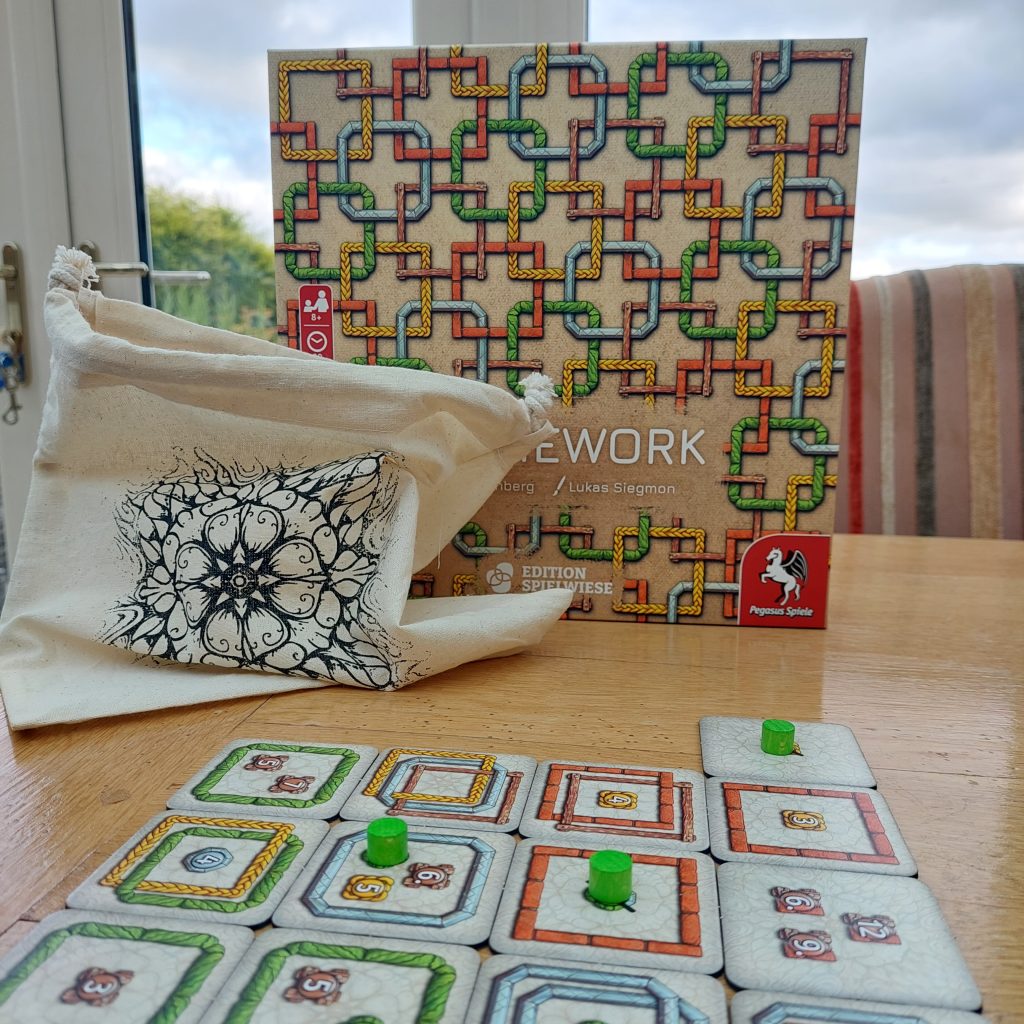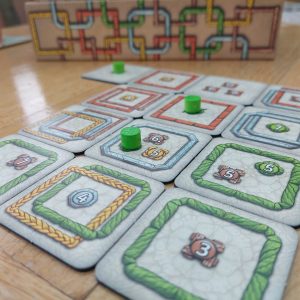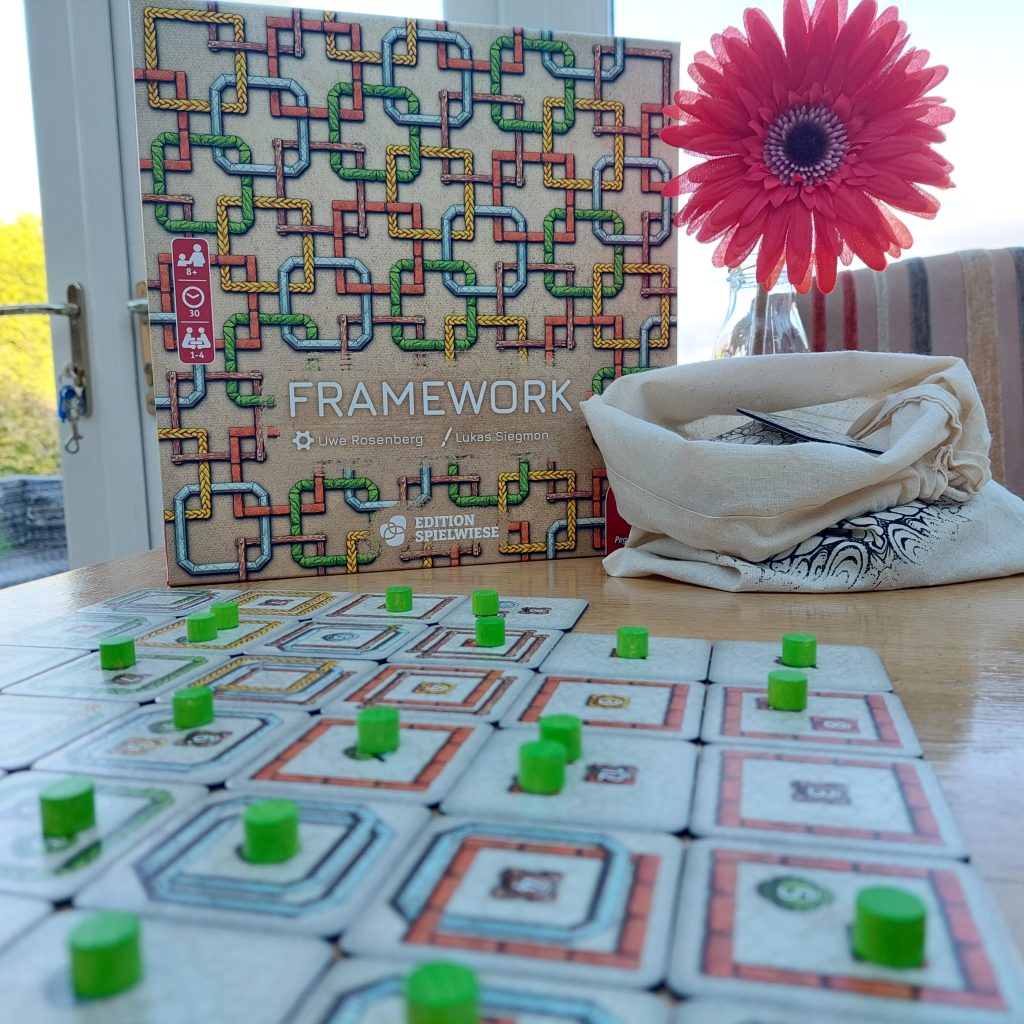Uwe is back, But no pastoral or patch play here in his latest puzzly tile laying game, Framework, by Pegasus Spiele
Publisher: Pegasus Spiele
Designer: Uwe Rosenberg
Artist: Lukas Siegmon
Release date: 2022
1-4 Players
Age: 8+
30 mins
Favouritefoe score 8/10
*Pattern Matching * Abstract Strategy * Fast Playing * Easy to Learn * Tile Laying * Solo Mode *
Start your tractor engines, don your overalls. Uwe Rosenberg is in the house so we must be doing something with sheep or cows or fish, right? Wrong! The legendary designer is back with another tile laying game to tickle our brains! And, as a huge fan of the prickly but pretty Patchwork series, I am very excited to play Framework
I’ve been Framed!
Framework is an abstract strategy game where you’re placing tiles trying to complete a series of “tasks” which are printed on the very tiles you are laying down into your player space.
120 tiles in total, each one shows one or more “tasks” and/or “frames”. In order to complete a task, you have to link it adjacently to tiles showing the required number of matching coloured frames. But the tiles that show frames (of one or more colours) can also contain tasks themselves.
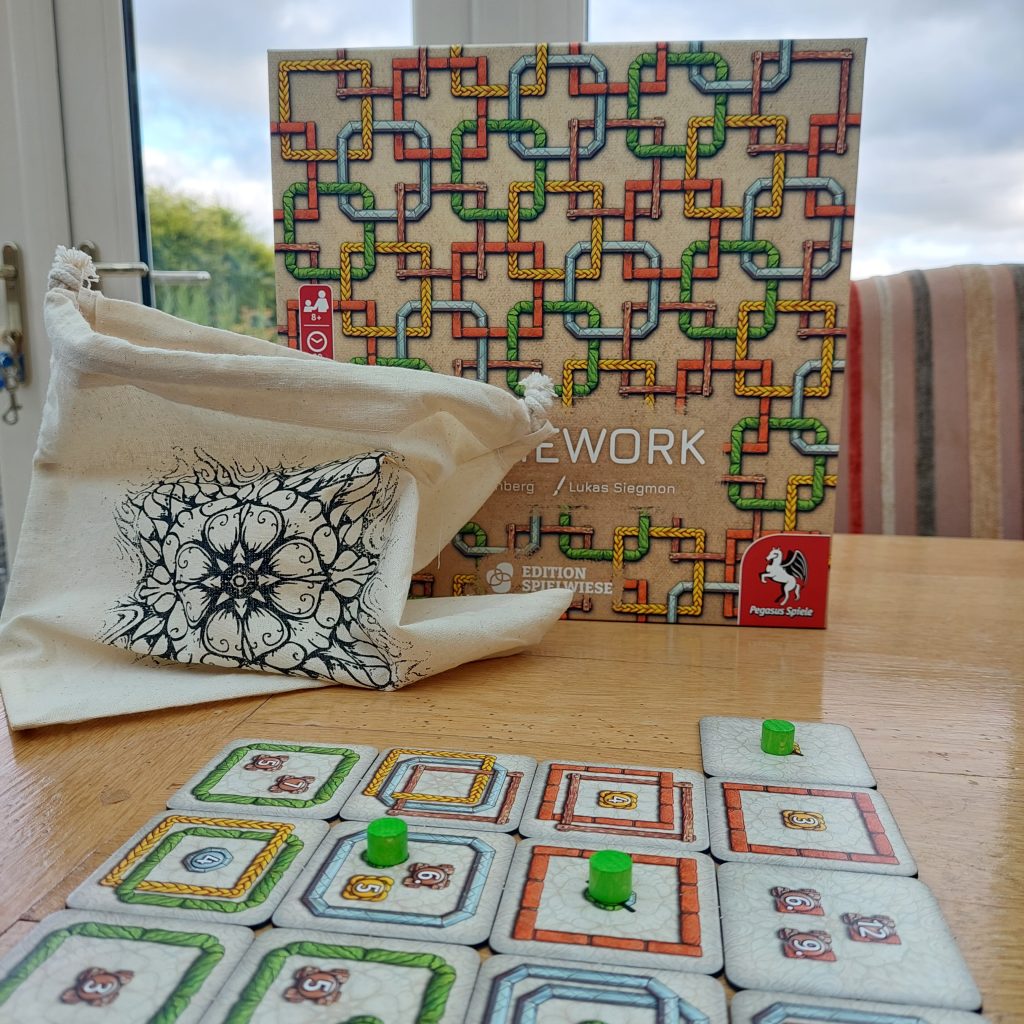
And…….. Frame!
Set up is super quick. Grab the bag of tiles, give them a shake and then nominate first player to pick out random tiles for the pool. There will always be 1 more tile than there are players in a game (so e.g. a 2 player game will have a 3 tile pool. And that’s it!
Each round, the first player will choose a tile from the pool. They place that tile into their player space, and then the next player takes a tile. The first player always takes the final tile. Once the pool is empty, it gets replenished, and the next player becomes first player.
You can’t pass and you must always place a tile adjacent to one or more existing tiles in your player space. And of course you can’t sneak a tile onto an opponent’s emerging grid!
At any time, you can check to see if you have completed a task. A task is complete when you have placed tiles that link directly to the task tile and link to those adjacent to it. If you have satisfied a task, you place one of your tokens on the relevant spot. As some tiles contain up to 3 tasks, you might be able to fulfil more than one on a single tile as the game progresses.
The tasks are categorised as follows:
- Place x number of y coloured frames adjacent to tiles connected to that task tile;
- Place x number of a combination of two coloured frames adjacent to tiles connected to the task tile – but note each colour must have one direct adjacent link to the task tile;
- Place x number of either y colour or z colour frames adjacent to the tiles connected to the task tile – but once you have chosen the colour, you have to stick to it; and
- Satisfy one task before you can work on achieving the second task
The game ends when either one player places their final token, or the pool runs out of tiles. The winner is the player who placed their final token first.
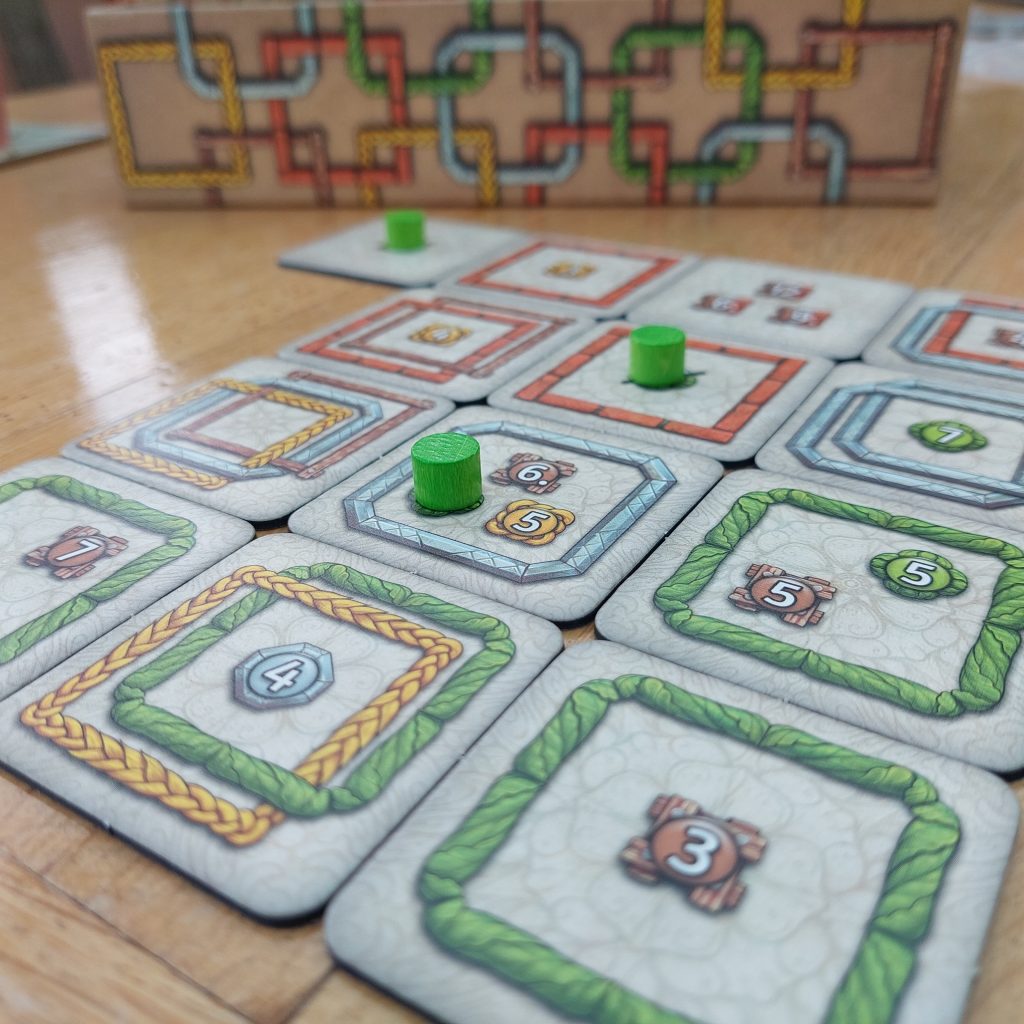
Framing Up Nicely!
Once I got my head around the fact that one tile can contain a specific colour frame as well as a completely unrelated task, this game clicked. It ultimately means that the tiles are multi-use; they can be laid to be the task you’re gunning for. Or the task potential can be ignored and the tile can be used purely as a frame towards a different task.
There are times when one tile will satisfy multiple tasks at once, or can suddenly go live as a matching frame slides up next to it. And that is a very satisfying feeling indeed!
Frame about the Colours!
The tiles themselves and the printed bag are great quality, although the colours are quite muted. The red and brown frames may be a little tricky for some to distinguish and I do wonder why they chose shades so similar. But they have their own patterned styles so in fact the game is not colour dependent.

What the Frame?
The only slightly odd note for us is the winning criteria. Some of the tasks are very simple compared to others, and the game is ultimately a race to place your last token. As such, there is an obvious incentive to focus on the easiest tasks and just rattle through them. The result was not as challenging as we had hoped. On that basis, we are still ending the game when the earliest of the last token is placed or the tiles run out. But we are scoring it slightly differently. To crank up the crunch, we add up the total of the task “values” each player has achieved, and the winner is the player who has achieved the highest. This encourages us to keep tasks open until the last minute (as once a token is placed it cannot be moved) to try and get a bigger task rather than waste a token on a smaller, less valuable independent task. As this is intended to be less intense than Patchwork, I’d say ultimately go with whatever works for your group.
Framework is without doubt lighter than Patchwork. And for me, it will never eclipse that 2 player powerhouse. But Framework is a more versatile game – it plays up to 4 and there is a solo mode, unlike the 2 player patching puzzle that precedes it (and, as we have shown, you can even change up the scoring to suit!). Hate drafting is a recurring theme, however, and taking tiles you know an opponent needs or wants is entirely possible (hello again Patchwork! Haha). But, because there are lots of tiles and tokens, even laying a hate-drafted tile that initially looks like it could break one of your emerging tasks, might ultimately score if you can place adjacent tiles that satisfy it!
Framework is a nice; light game to play when you want something quiet and a little bit thinky that takes less than 30 seconds to get to the table and start playing.

